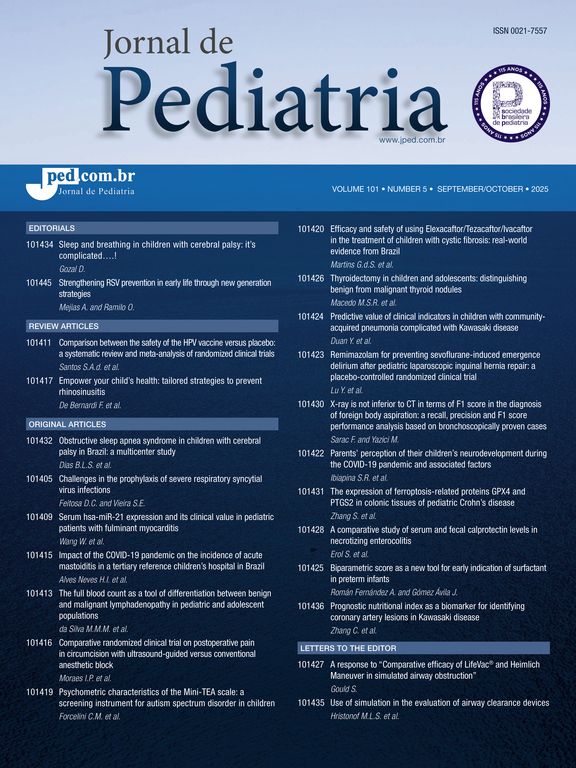The objective of this study was to search for the presence of intestinal parasites in 56 suckling babies, ranging from 4 to 12 months in age hosted during the year of 1989 at the nursery kept by the -Universidade Federal de Uberlândia-, at Uberlândia, Minas Gerais State, Brazil. From each child a foecal sample was collected and preserved in 10% formalin until processed, what was done by the Hoffman, Pons and Janer's method, in which the sediment is stained by lugol solution. For each sample 6 slides were prepared and examined, what added up to a total of 336 slides. The percentual of positivity was 23.21%, including 17.85% Ancylostomidae eggs, 5.36% Giardia lamblia and 1.78% Endolimax nana. Only one child presented the associated infections of Ancylostomidae and Giardia lamblia. In what host age is concerned, one child was shown to be infected by Ancylostomidae after it reached 6 months; generally speaking there was evidence of an increase of parasitic infections of hosts beyond the age of 9 months. The above results point out to the necessity of searching for the presence of parasitic intestinal infections covering suckling babies in public nurseries, by means of foecal semestral examinations, even when such babies do not manifest clinical signs of parasitism, in order that adequate treatment and preventive sanitary measures may be adopted to avoid or suppress ambiental contamination with the causative organisms.
The Impact Factor measures the average number of citations received in a particular year by papers published in the journal during the two preceding years.
© Clarivate Analytics, Journal Citation Reports 2025
SRJ is a prestige metric based on the idea that not all citations are the same. SJR uses a similar algorithm as the Google page rank; it provides a quantitative and qualitative measure of the journal's impact.
See moreSNIP measures contextual citation impact by wighting citations based on the total number of citations in a subject field.
See more







